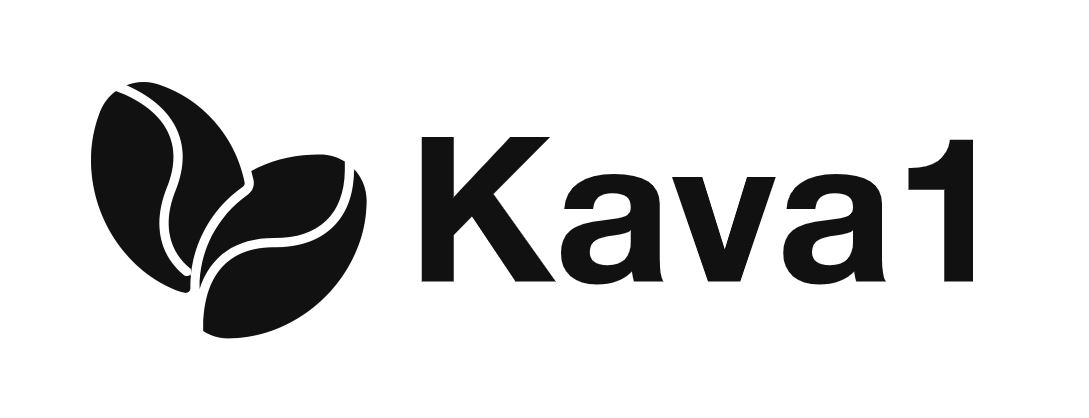Blogs
HOW TO RECOGNIZE A QUALITY COFFEE
How do you recognize a quality coffee ? Yes, this is a good question. The point is that there is a big difference between knowing it and bragging about knowing how to do it. This is why today we will briefly explain how to recognize a quality coffee and make a good impression. In fact, all you need to do is take advantage of the sensations that the drink will arouse on the palate, smell and sight: nothing so complicated . After all, coffee is a simple drink that doesn’t need too many textbook ruminations, contrary to what many claim.
The basis for tasting: be a careful observer
Good coffee shouldn’t be burned or watered down . It must not come from mixtures of poor quality, expired or oxidized powders and must be prepared in a workmanlike manner. What does all this mean? How do you know when a coffee is good ? It all starts with the machine used and the method because the texture and organoleptic properties are very different between a coffee in pod and a moka.
It’s easier with capsules
If you use coffee capsules you won’t have to worry too much about the procedure but rather about the brand you want to buy. In this case the quality also depends on how hot the water is , the pressure and the quality of the pod. However, modern machines could mask the defects due to the fact that they give life to frothy and dense coffees , regardless of the type of capsule or pod used.
Consider that each pod has a precise weight and that the machine is programmed to do everything by itself. This means that the credit for a good coffee will not go to who prepares it by pressing a button but to the maker of the machine.
Ground coffee should be sniffed
The matter becomes more complicated for ground coffee prepared in a moka pot or with a professional bar machine where every detail can make the difference in the cup. On these occasions learn to estimate the aroma , sniffing it calmly and trying to understand which scents it evokes in your nose.
When the blend is valuable you will be able to perceive fruit , chocolate, toasted bread and even vanilla . If, on the other hand, you perceive the smell of burning , wood or smoke, you could be drinking a bad, badly stored and a little old coffee. On the palate, the fine coffee is bitter to the right point but never aggressive or acidic . If the bitterness persists and doesn’t slip away after a few moments, the coffee isn’t that good.
What does the foam look like?
To the eye, what matters most for the quality of a coffee is the foamy and dense surface, light brown in color, which emerges after extraction. If it is too light, the coffee is watered down while, when it is dark, the coffee will be a little burnt.
The foam should be at least three millimeters high and should be nice and firm, without bubbles or specks. The color can have different shades, from hazelnut to dark beige and, generally, the Robusta blend has darker streaks on the surface. When the coffee is presented without foam, on the other hand, it is better not to drink it because it is watered down or burnt.
A path of DOC exploration
This little exploration journey will make you understand if you are looking at a quality coffee but, if you have the opportunity to take a look at the blend, you will be able to understand a lot of additional information. For example, the granularity should be homogeneous and give off an intense, almost pungent aroma. Coffee must always be kept well, safe from air oxidation, so if it is old it will have a dull and less deep colour.
Coffee beans, on the other hand, should have a swollen and shiny appearance because it means that the beans are “new” and slightly hydrated. If they have a dirty yellow color or are too dark, they could be burnt or too toasted .
Now that you know all the tricks to understand how to recognize a quality coffee, we suggest you try to live this experience naturally, pausing to sip and smell the coffee and learning to enjoy this precious and relaxing moment .

